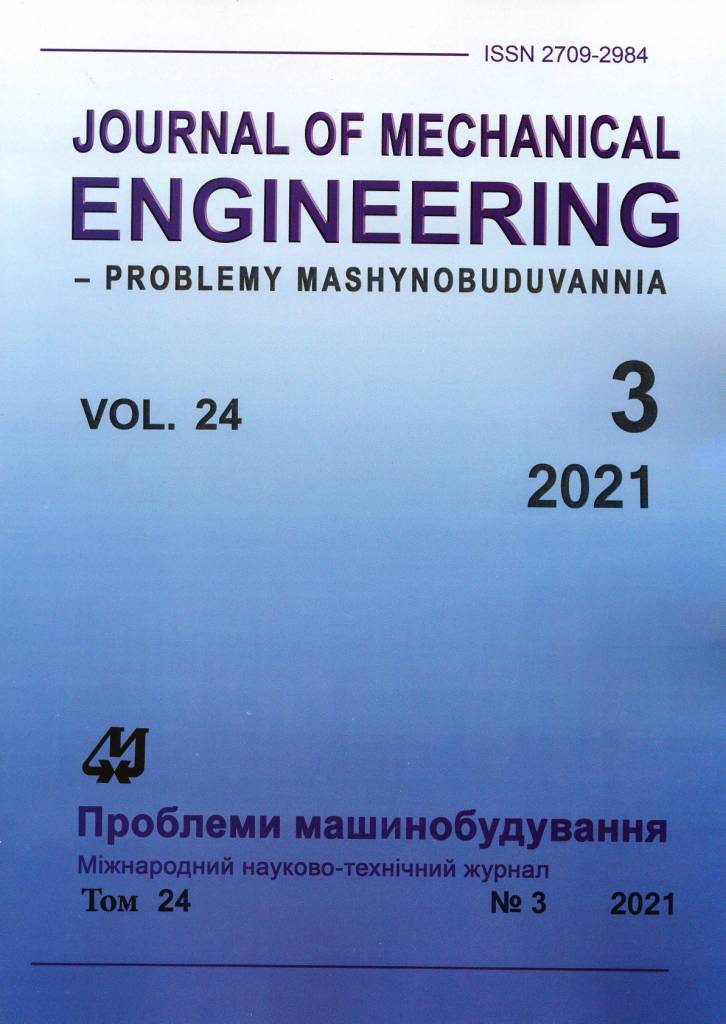The Solution of the Inverse Problem of Identifying the Thermal Conductivity Tensor in Anisotropic Materials
Abstract
On the basis of A. N. Tikhonov's regularization theory, a technique has been developed for solving inverse heat conduction problems of identifying the thermal conductivity tensor in a two-dimensional domain. Such problems are replaced by problems of identifying the principal heat conductivity coefficients and the orientation angle of the principal axes, with the principal coefficients being approximated by Schoenberg’s cubic splines. As a result, the problem is reduced to determining the unknown coefficients in these approximations and the orientation angle of the principal axes. With known boundary and initial conditions, the temperature in the domain will depend only on these coefficients and the orientation angle. If one expresses it by the Taylor formula for two terms of series and substitutes it into the Tikhonov functional, then the determination of the increments of the coefficients and the increment of the orientation angle can be reduced to solving a system of linear equations with respect to these increments. By choosing a certain regularization parameter as well as some functions for the principal thermal conductivity coefficients and the orientation angle as an initial approximation, one can implement an iterative process for determining these coefficients. After obtaining the vectors of the coefficients and the angle of orientation as a result of the converging iterative process, it is possible to determine the root-mean-square discrepancy between the temperature obtained and the temperature measured as a result of the experiment. It remains to choose the regularization parameter in such a way that this discrepancy is within the root-mean-square discrepancy of the measurement error. When checking the efficiency of using the proposed method, a number of two-dimensional test problems for bodies with known thermal conductivity tensors were solved. The influence of random measurement errors on the error in the identification of the thermal conductivity tensor was analyzed.
Downloads
Published
Issue
Section
License
Copyright (c) 2021 Ю. М. Мацевитый, В. В. Ганчин

This work is licensed under a Creative Commons Attribution-NoDerivatives 4.0 International License.
All authors agree with the following conditions:
- The authors reserve the right to claim authorship of their work and transfer to the journal the right of first publication of the work under the license agreement (the agreement).
- Authors have a right to conclude independently additional agreement on non-exclusive spreading the work in the form in which it was published by the jpurnal (for example, to place the work in institution repository or to publish as a part of a monograph), providing a link to the first publication of the work in this journal.
- Journal policy allows authors to place the manuscript in the Internet (for example, in the institution repository or on a personal web sites) both before its submission to the editorial board and during its editorial processing, as this ensures the productive scientific discussion and impact positively on the efficiency and dynamics of citation of published work (see The Effect of Open Access).

